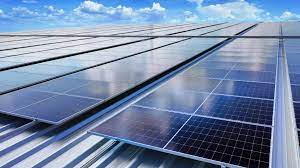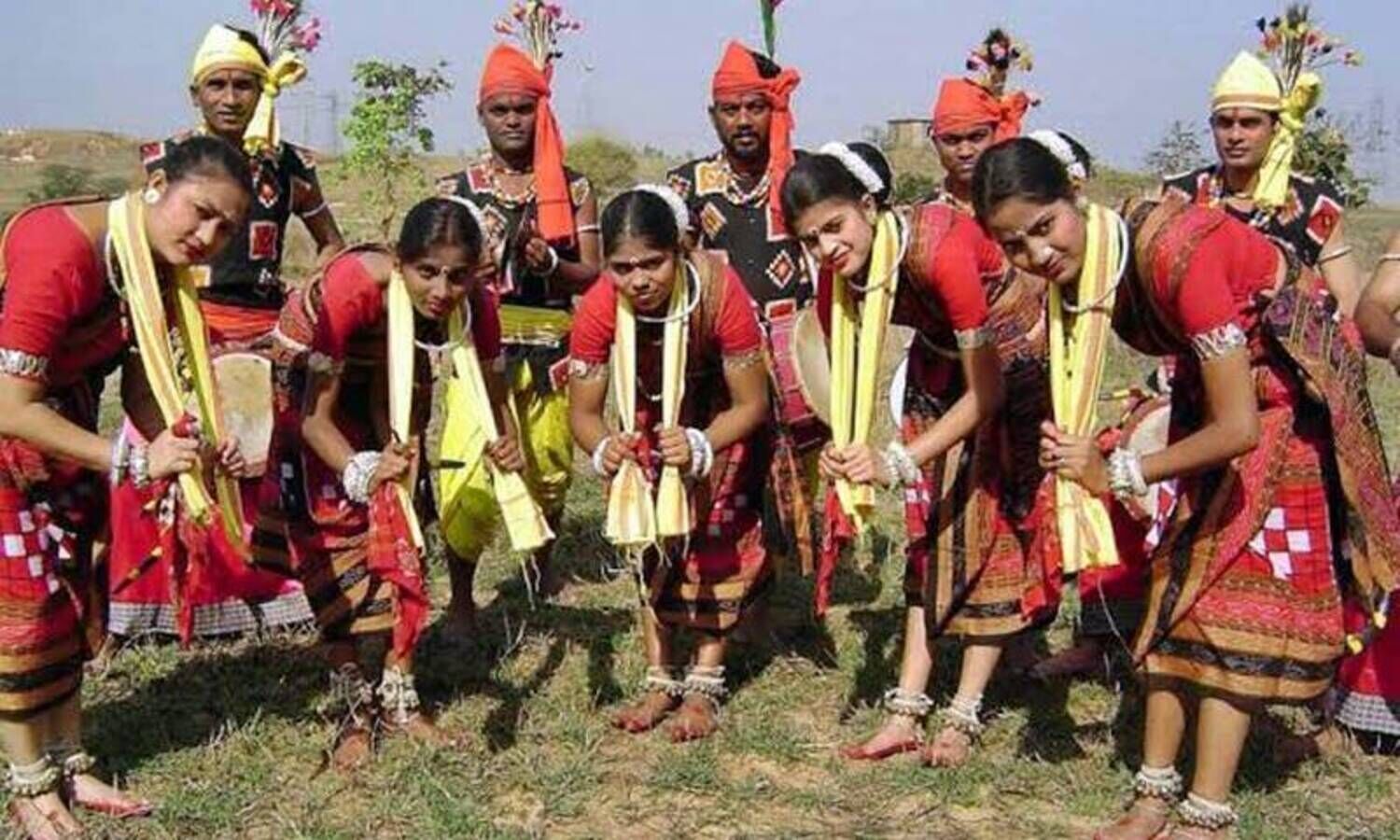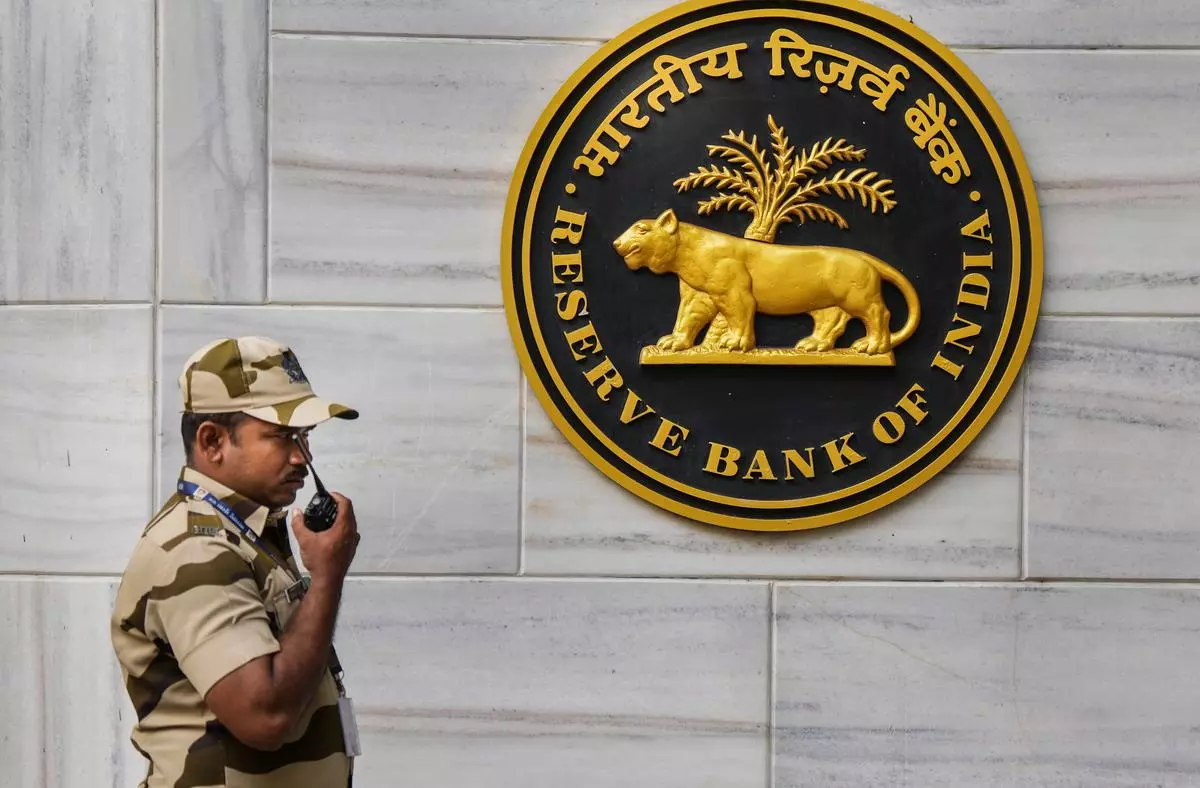The scheme’s declared objectives included slum dweller rehabilitation with private developer participation, promotion of affordable housing for the weaker sections through Credit Linked Subsidy Schemes (CLSS), affordable housing in partnership with the public and private sectors, and a subsidy for Beneficiary-led Construction (BLC).
Regarding the PMAY scheme:
The scheme’s declared objectives included slum dweller rehabilitation with private developer participation, promotion of affordable housing for the weaker sections through Credit Linked Subsidy Schemes (CLSS), affordable housing in partnership with the public and private sectors, and a subsidy for Beneficiary-led Construction (BLC).
Issues with the PMAY Scheme:
- The Pradhan Mantri Awas Yojana – Urban (PMAY-U) scheme has been criticised for its poor performance. According to data from the PMAY dashboard, there is a gap of around 40 lakh dwellings in sanctioned and finished sectors.
- ISSR Failure: The in-situ slum rehabilitation (ISSR) component, which was designed to handle the highest demand in cities, has been heavily criticised for its failure. Only a few dwellings have been approved under ISSR, falling far short of expectations.
- The vast disparity between achievement and need: Despite providing 80 lakh dwellings, the PMAY-U program has only addressed roughly 25.15% of the housing deficit. Even if the remaining sanctioned units are built by the end of 2024, they will only meet around 37% of the true requirement, leaving about 2.4 crore families without suitable accommodation.
- Not meeting the promise based on spending: The housing programme, which got enormous fiscal support (more than $29 billion over the previous five years), has failed to deliver on its promise of “Housing for All.” Despite the effort and financial assistance, the aim remains unmet.
The reason behind the failure of the PMAY Scheme
- The PMAY Scheme failed due to challenges in slum rehabilitation. Despite attempts, certain slum rehabilitation initiatives have encountered challenges, such as vertical expansion, which results in higher utility bills and inappropriate living areas, as well as difficulty in procuring land.
- Neglecting social housing requirements: Consultants who favour capital-intensive solutions frequently influence city development plans, including PMAY, possibly overlooking social housing needs and community engagement.
- PMAY’s funding system includes major payments from recipient families and state governments, with the federal government playing a minor role.
- Minimal Government Role: The PMAY design leaves minimal responsibility on the government, notably in terms of interest subsidies and cost-sharing with beneficiaries, raising concerns about meeting the requirements of the landless and impoverished.
Way Forward:
- To provide sufficient funding for housing developments, the central government should reconsider its financial allocation.
- Enhanced Focus on Slum Rehabilitation: The government should assess and improve the in-situ slum rehabilitation (ISSR) component. This might include greater planning, community participation, and tackling issues like land acquisition and vertical expansion.
- Community Participation and Needs Assessment: Community engagement in the development and execution of housing projects is critical.
Source: https://cleartax.in/s/pradhan-mantri-awas-yojana#:~:text=Modi%20in%202015.-,What%20is%20Pradhan%20Mantri%20Awas%20Yojana%3F,houses%20at%20an%20affordable%20price.










